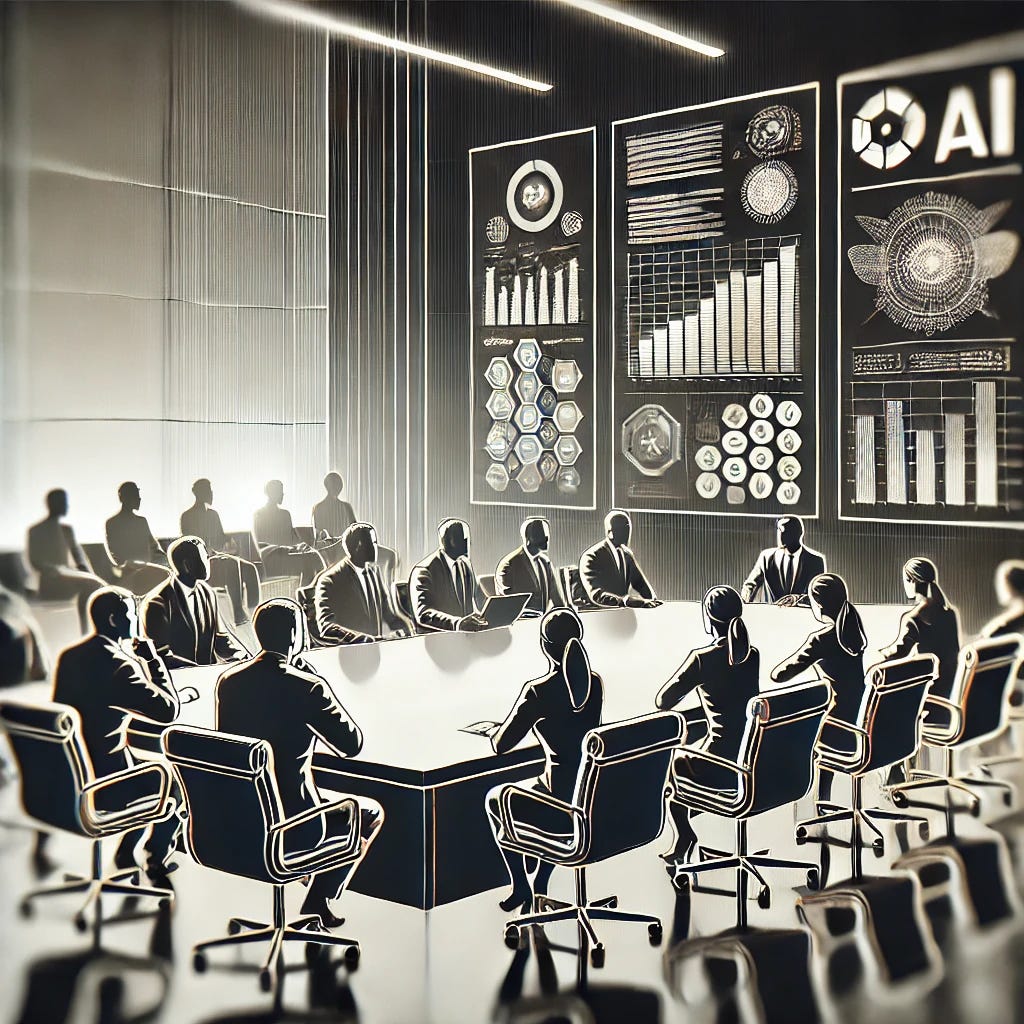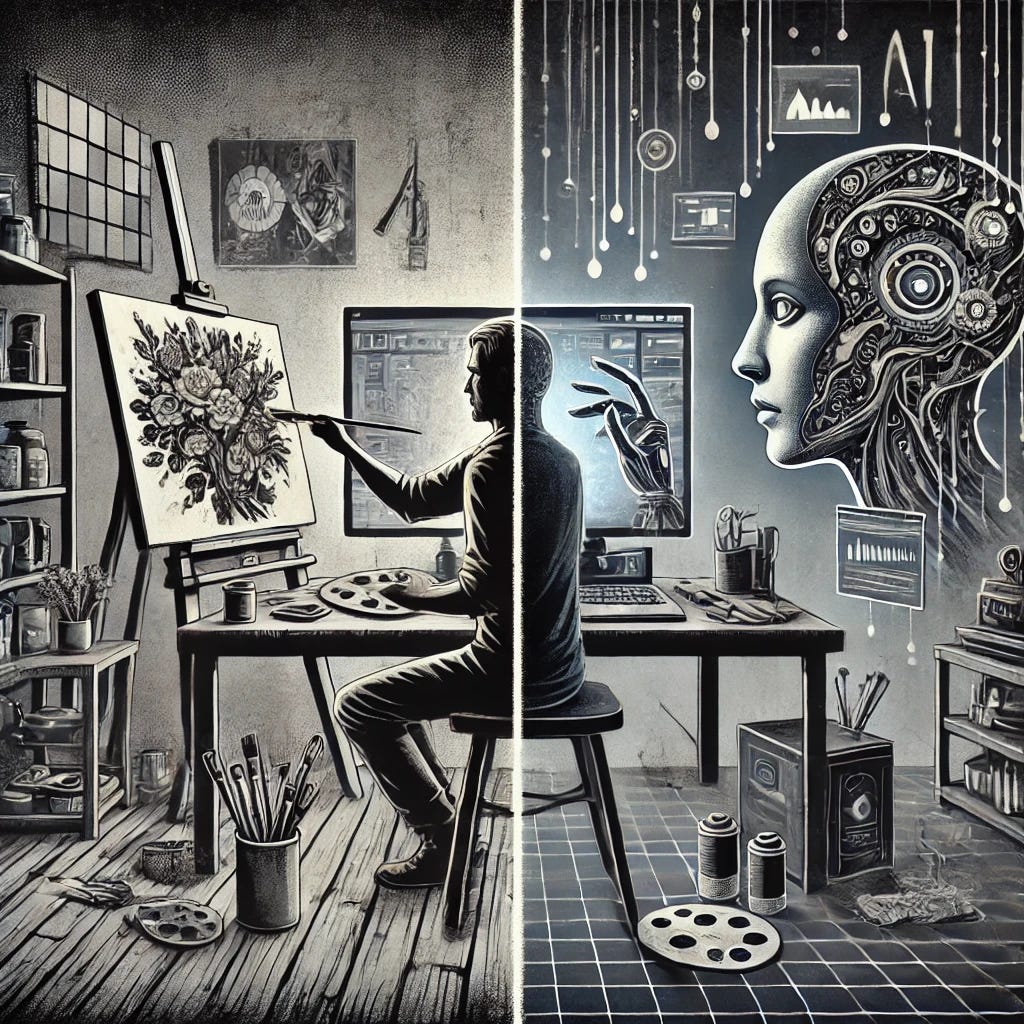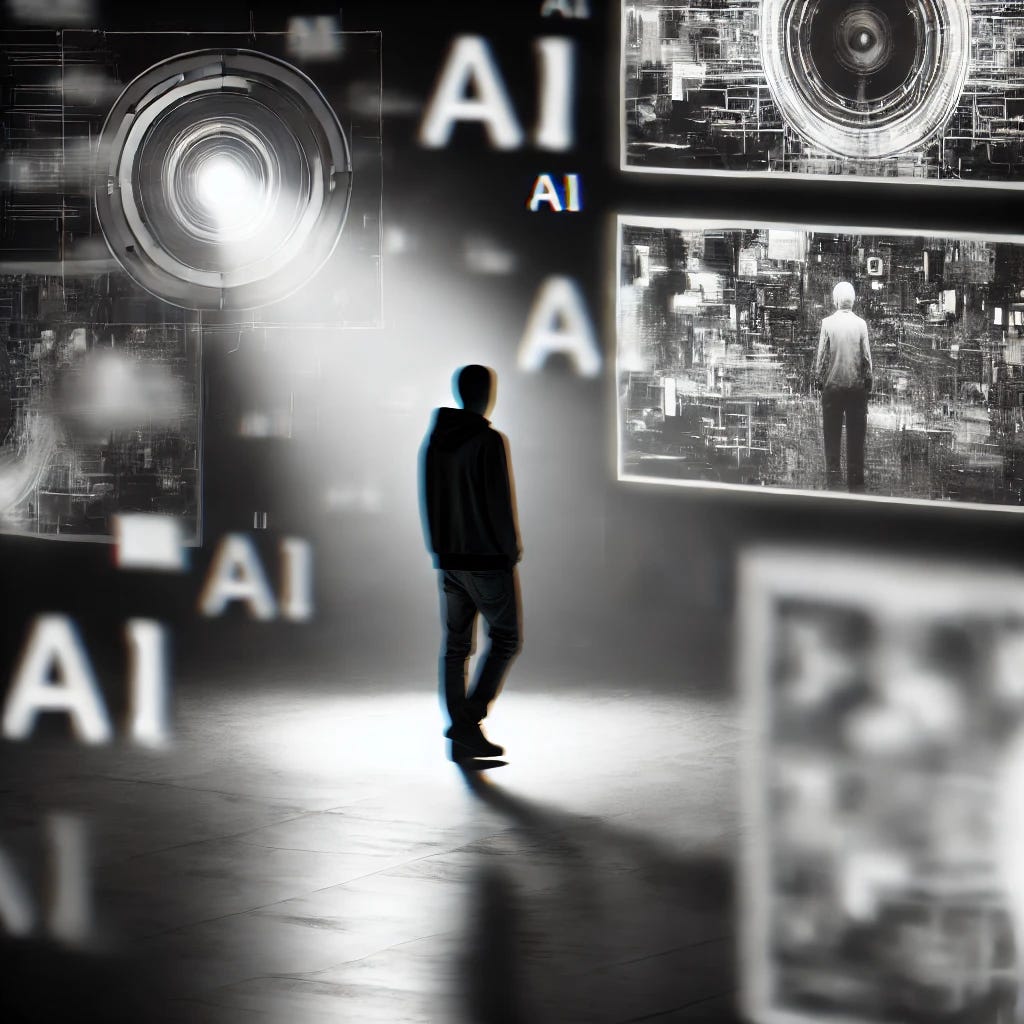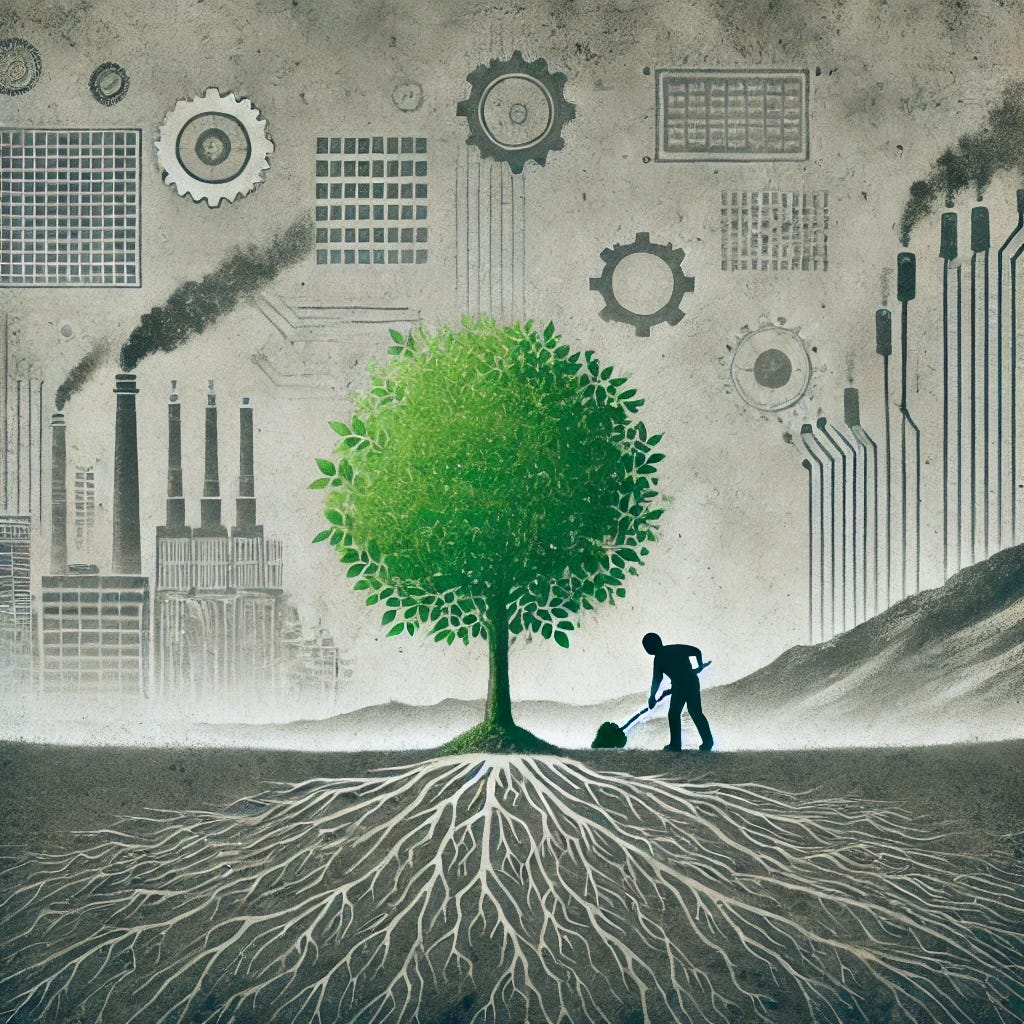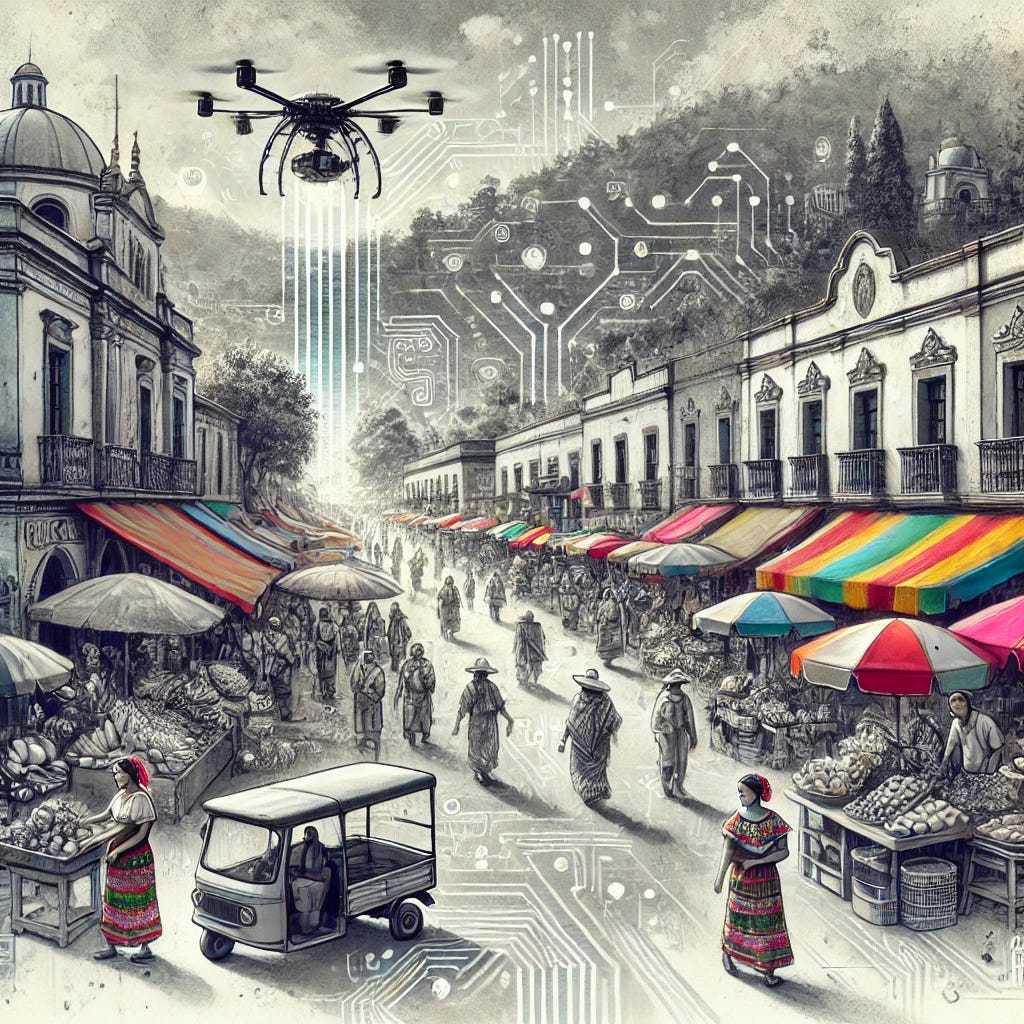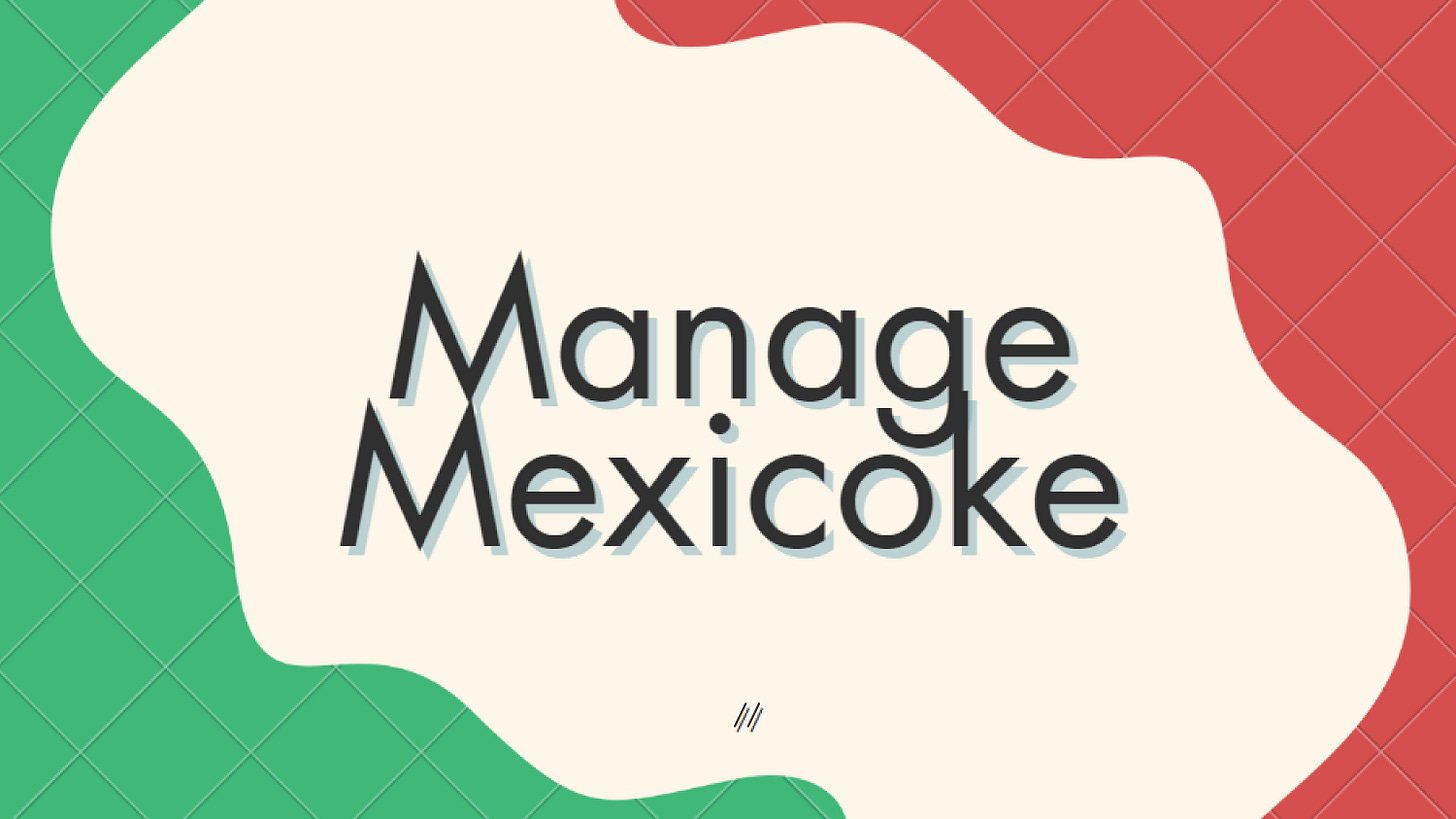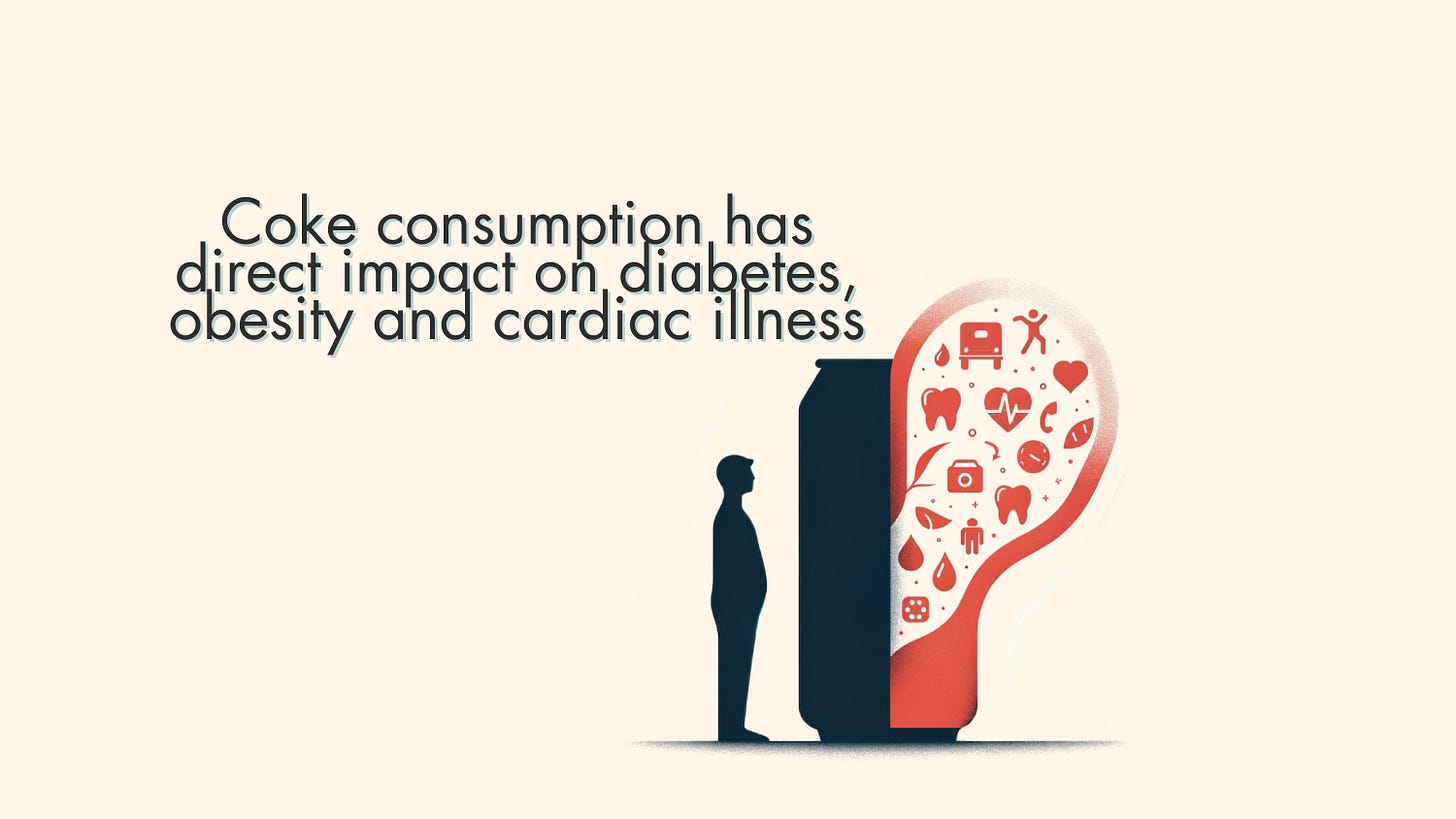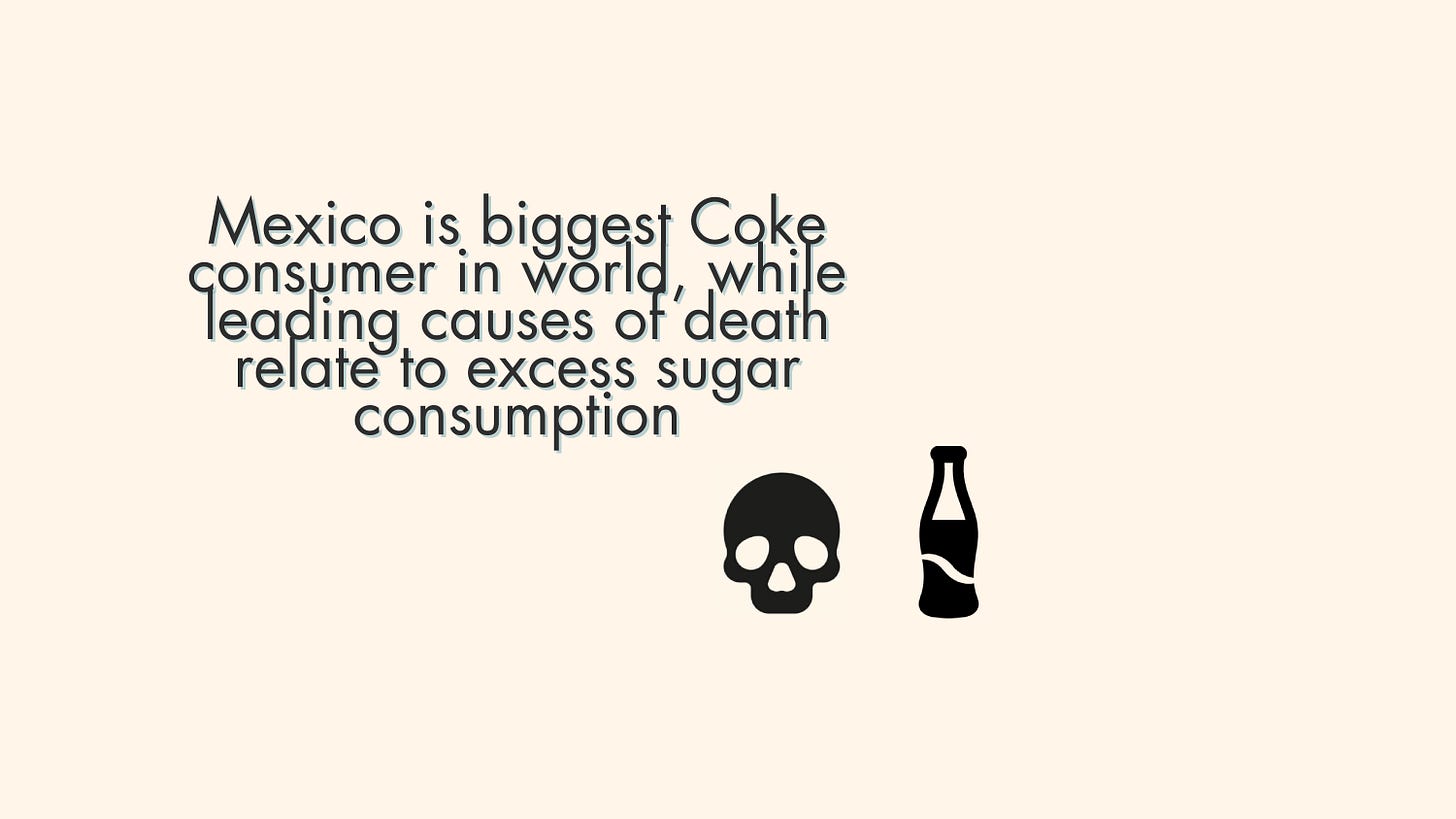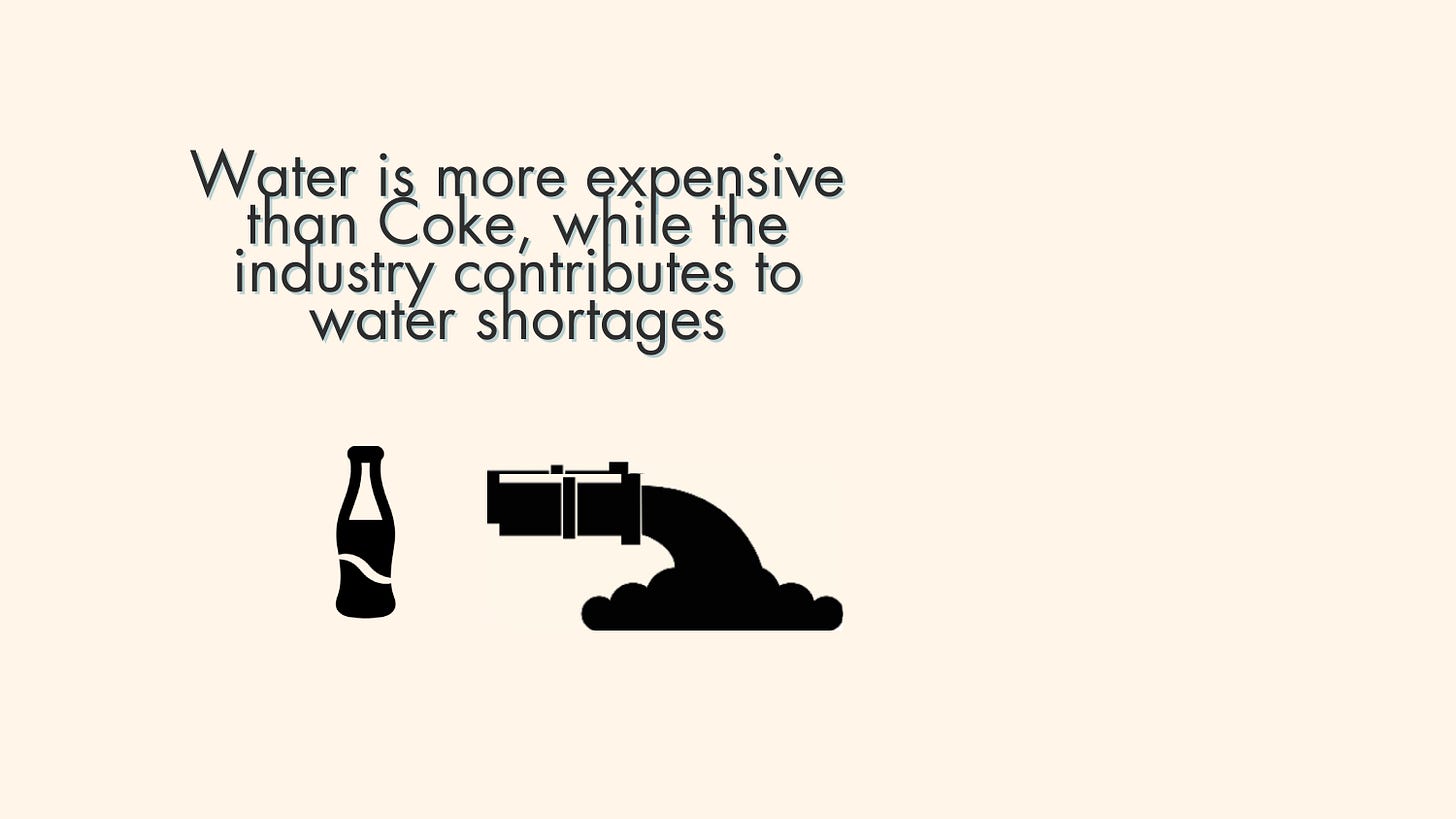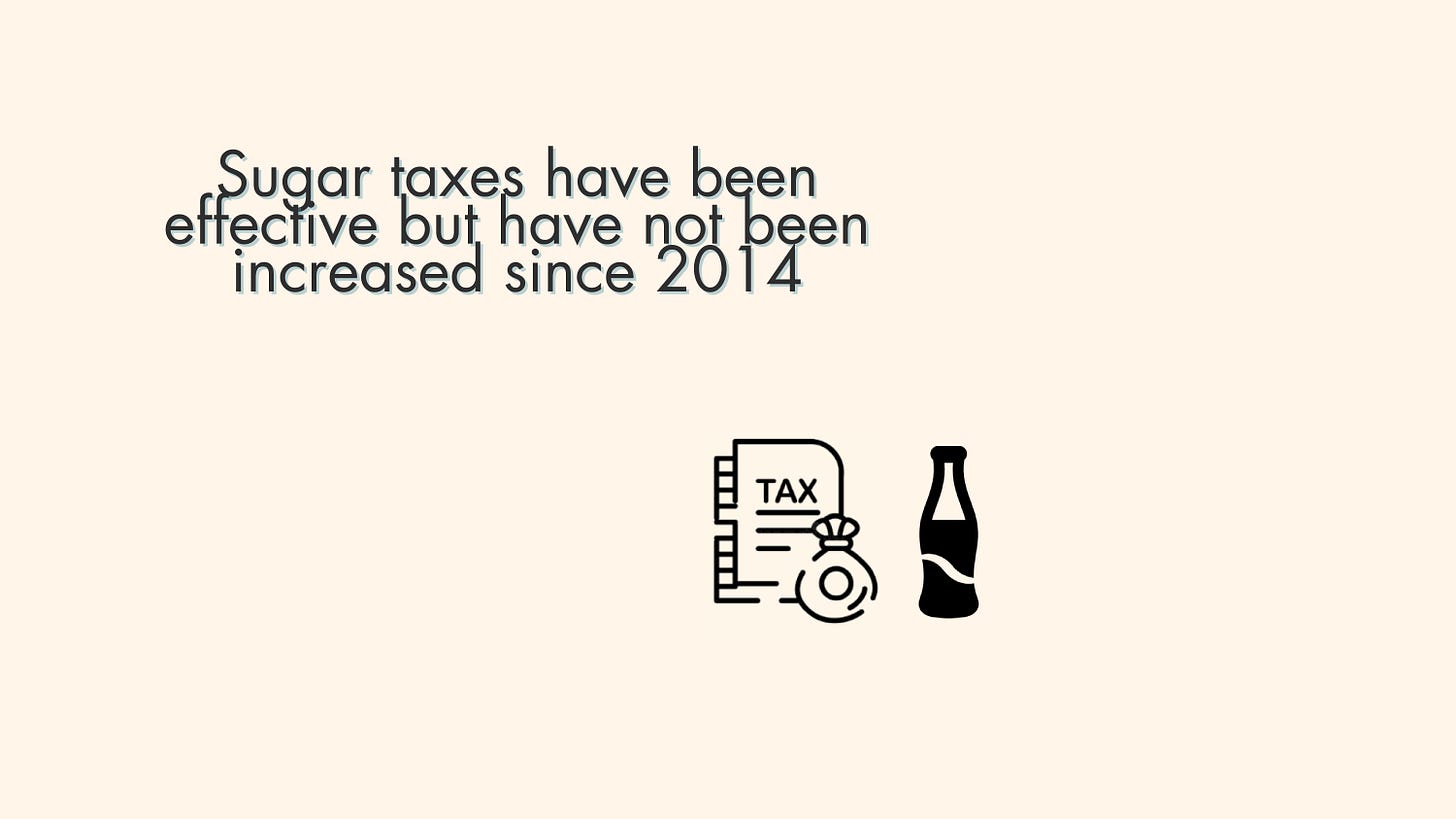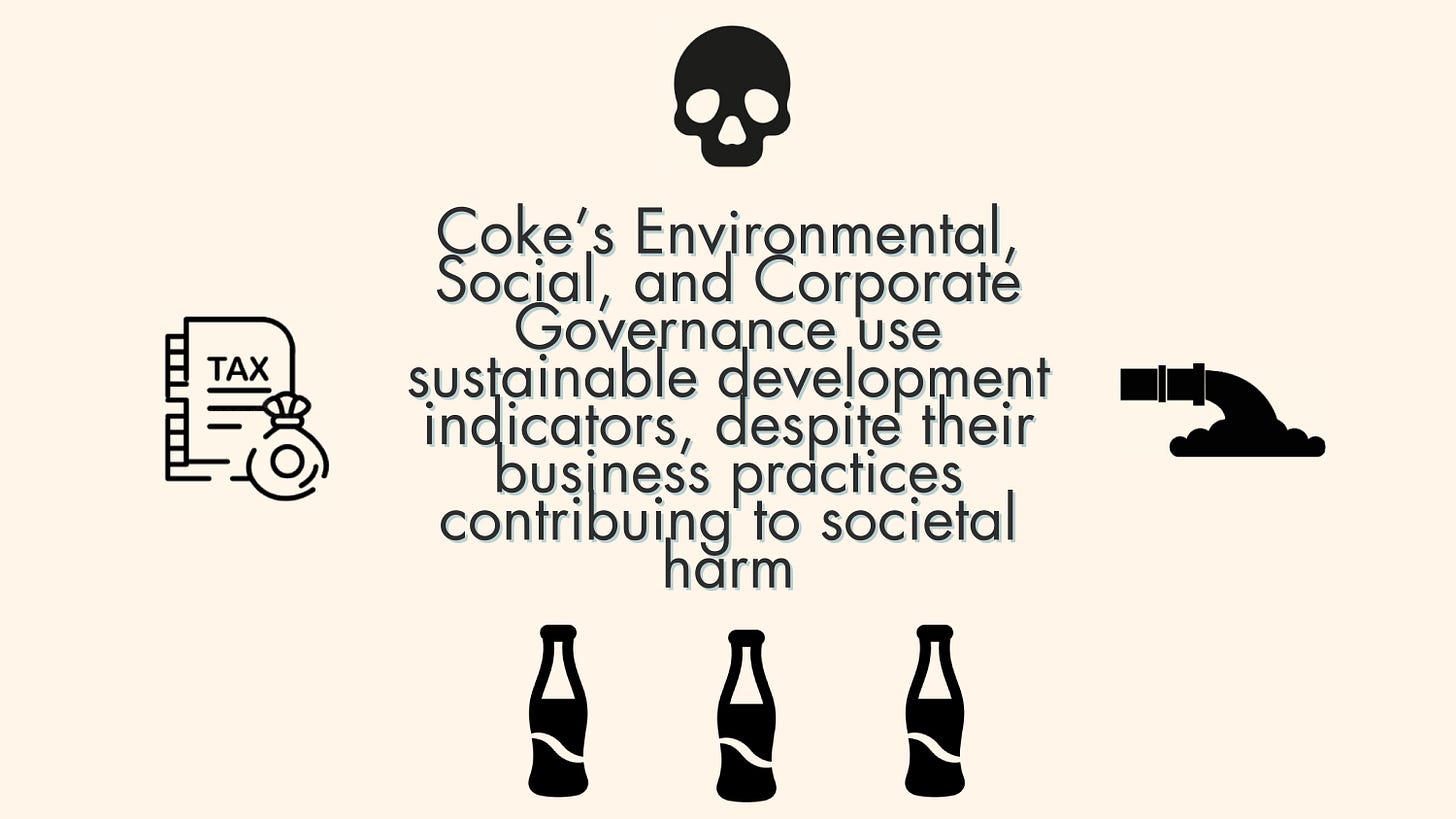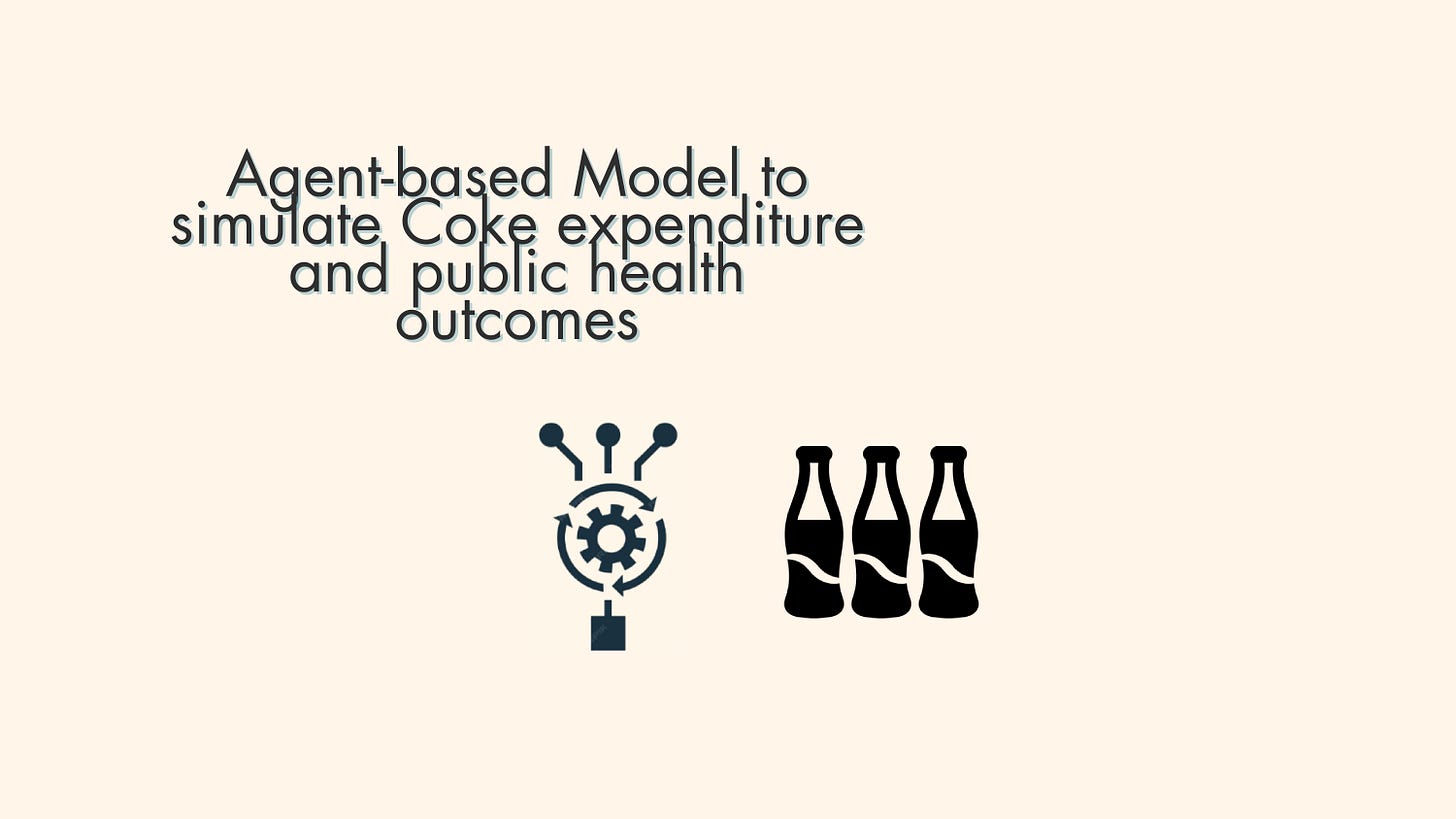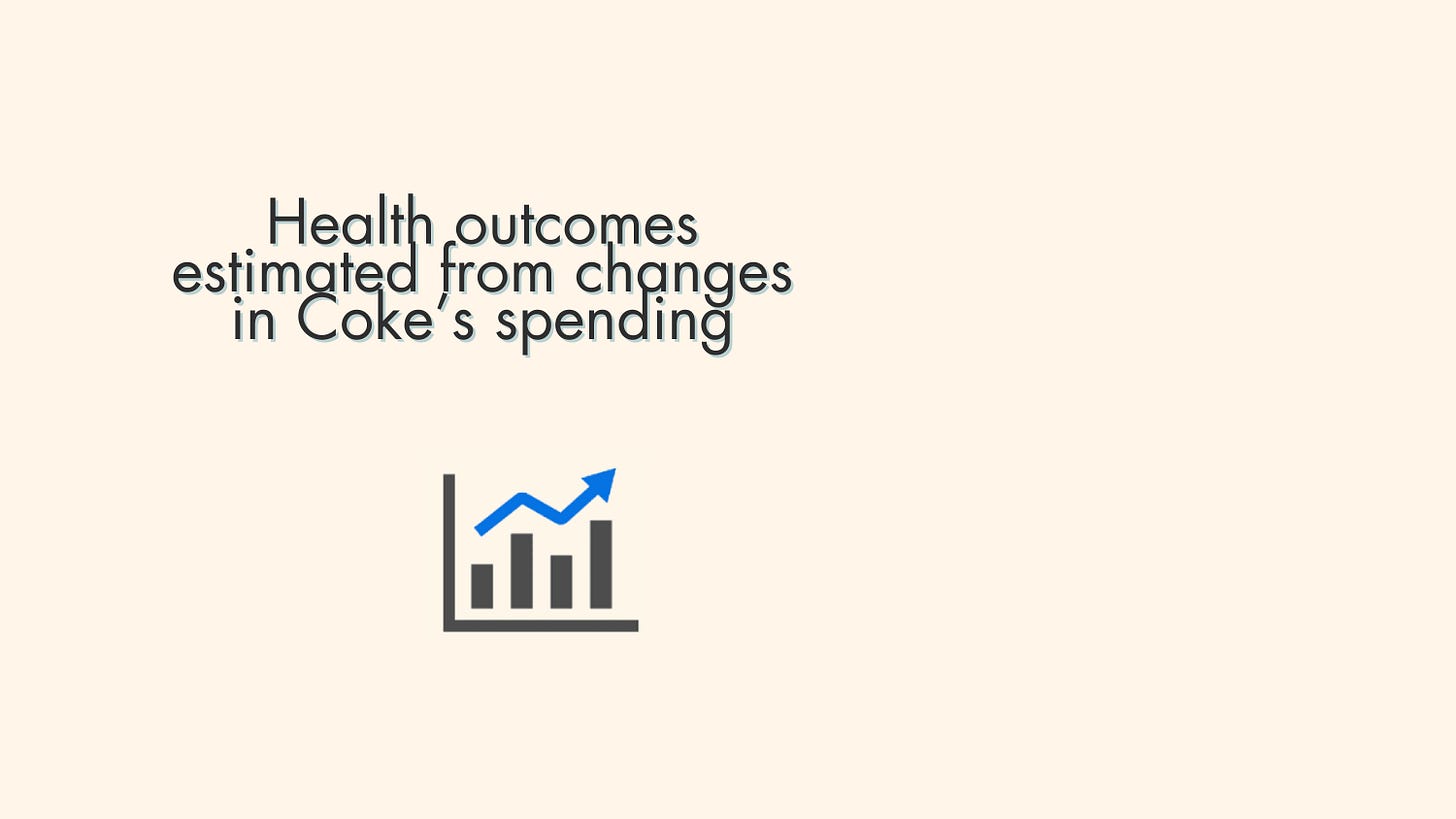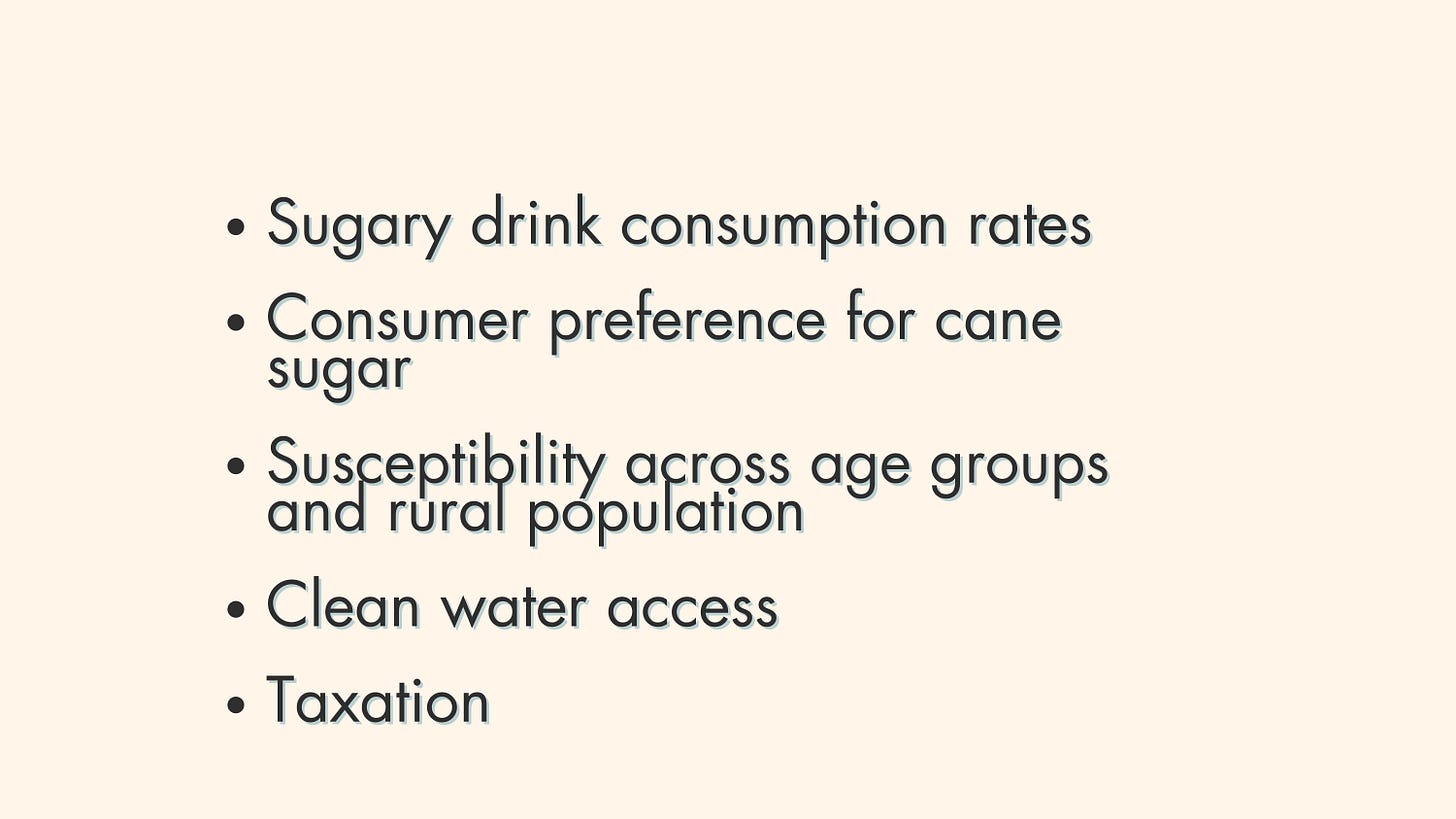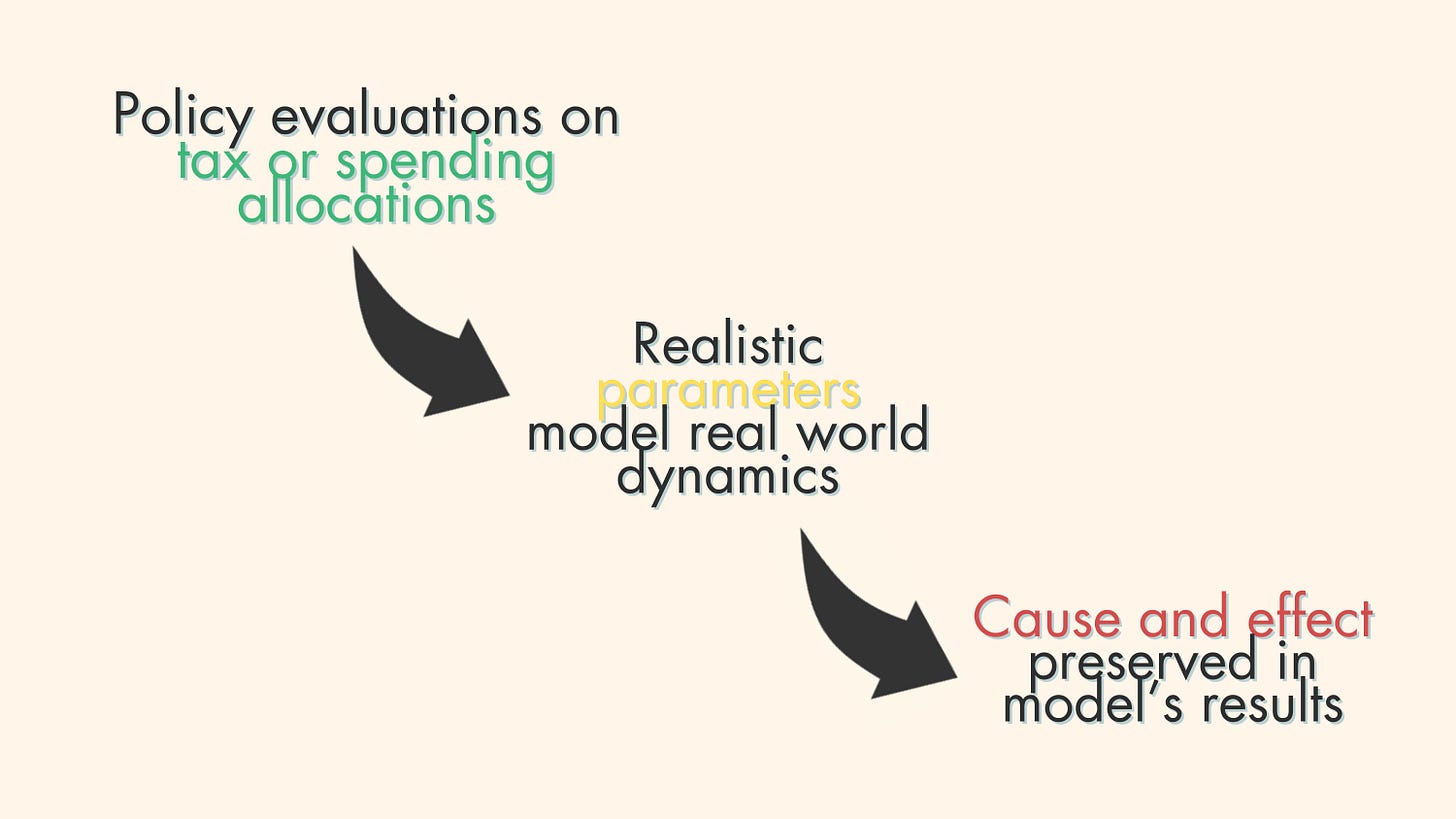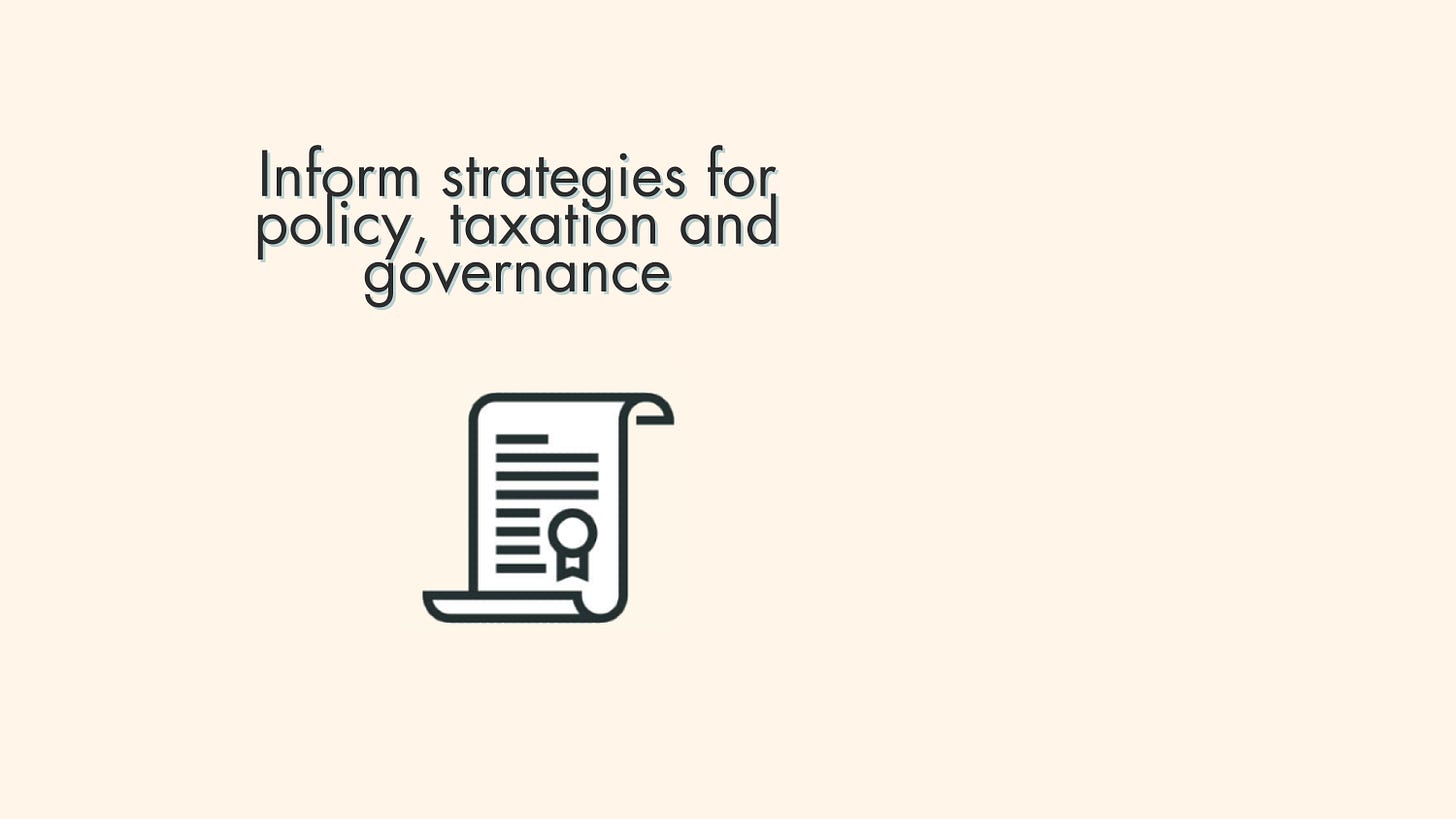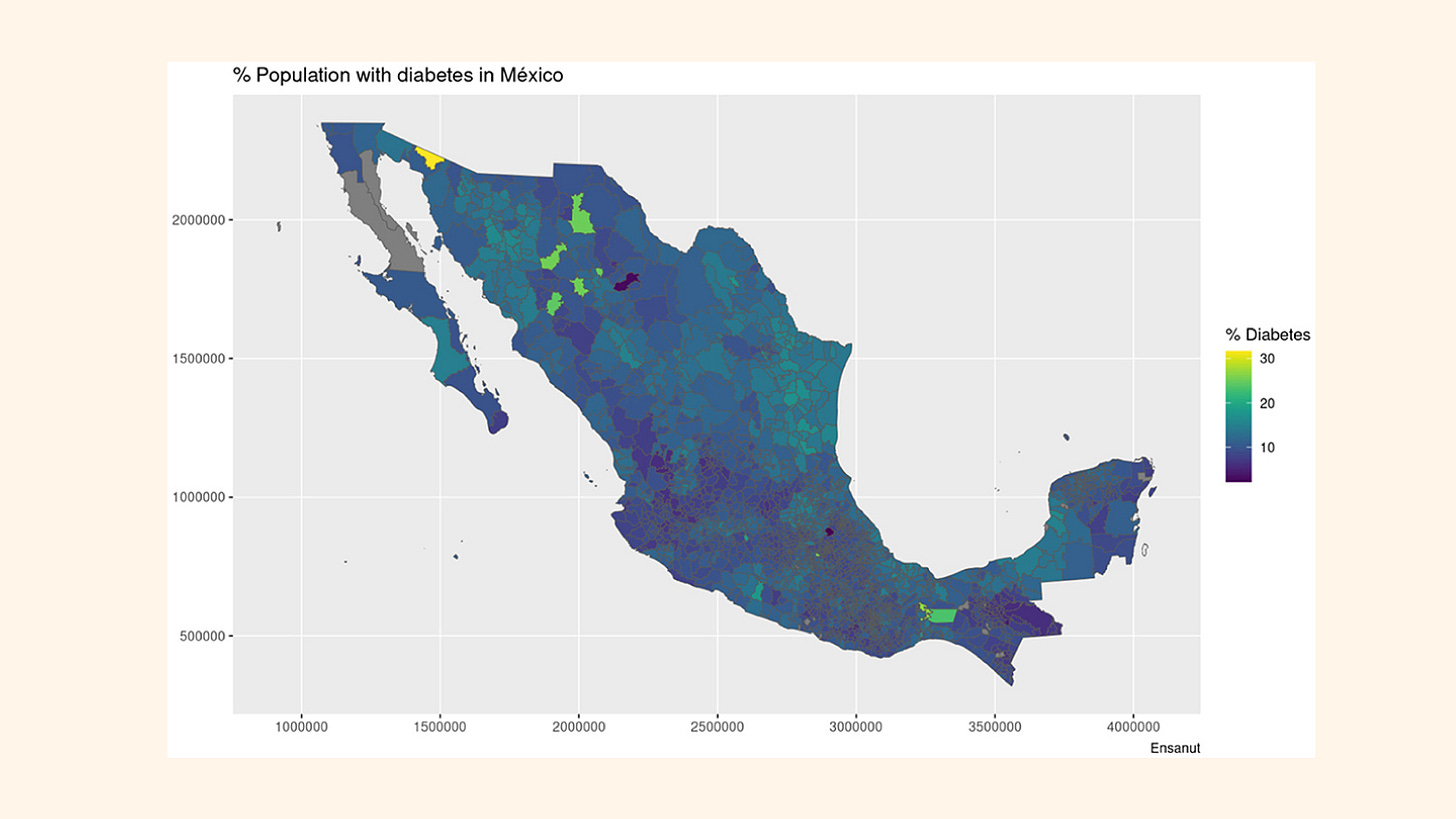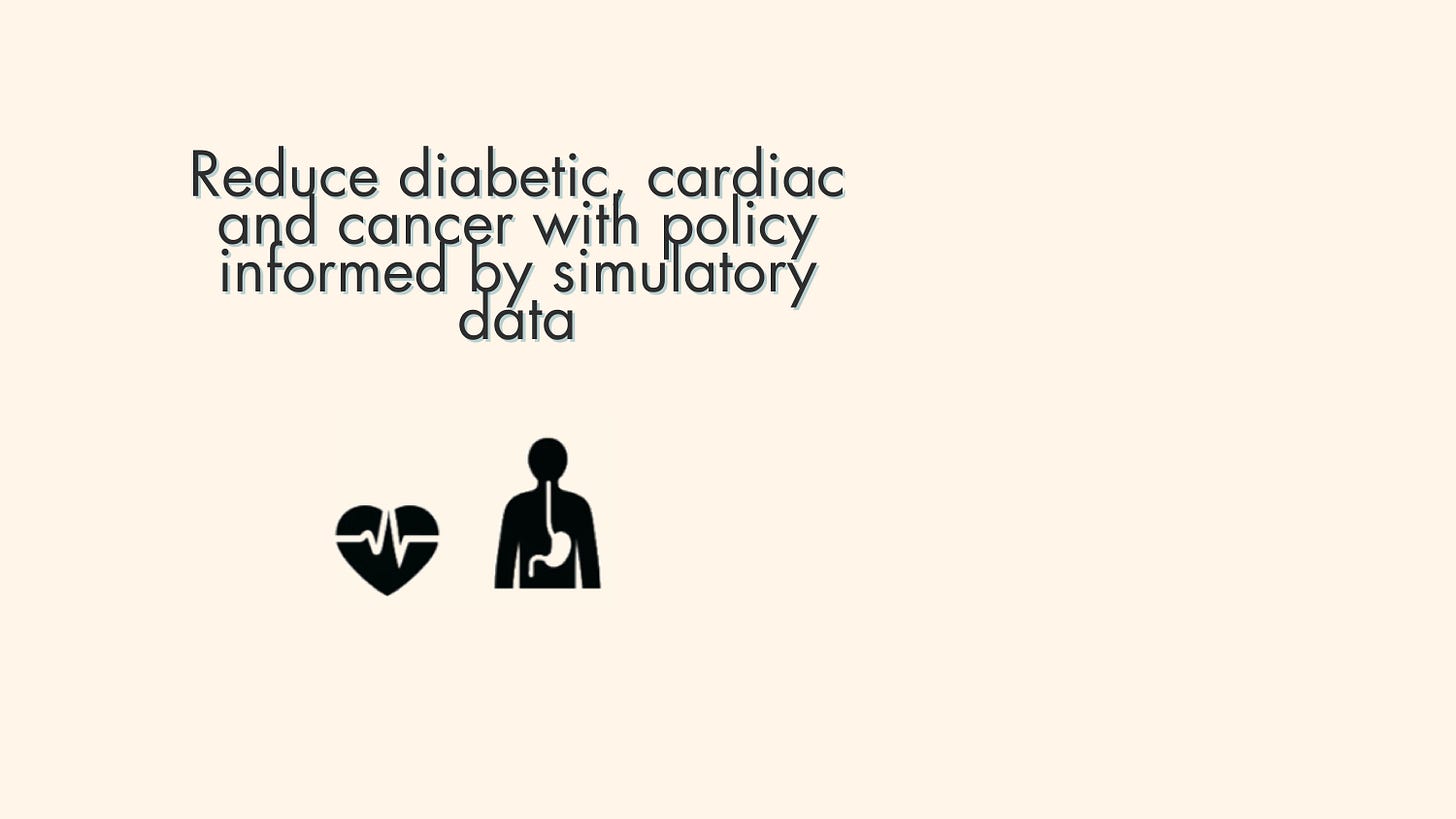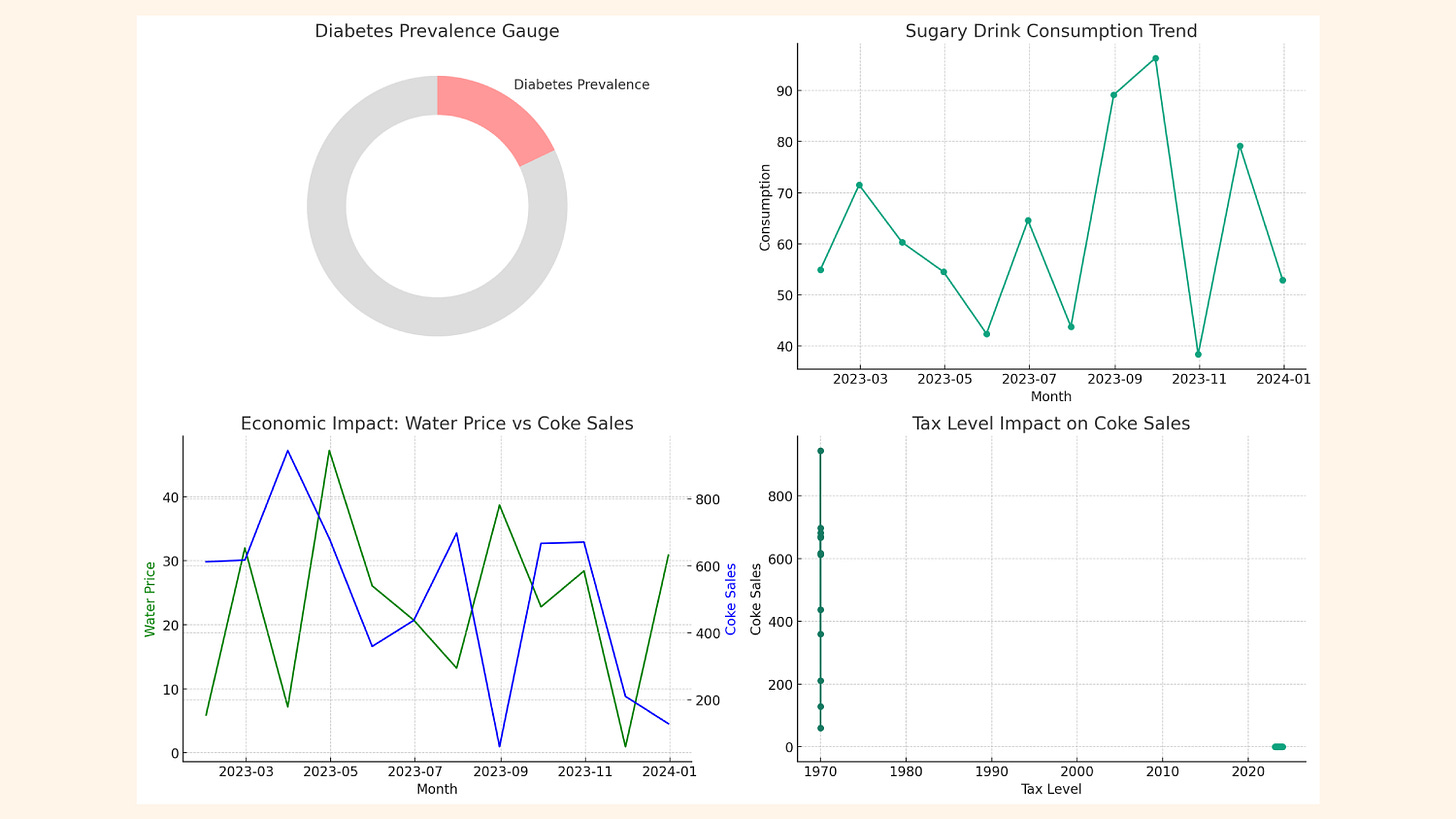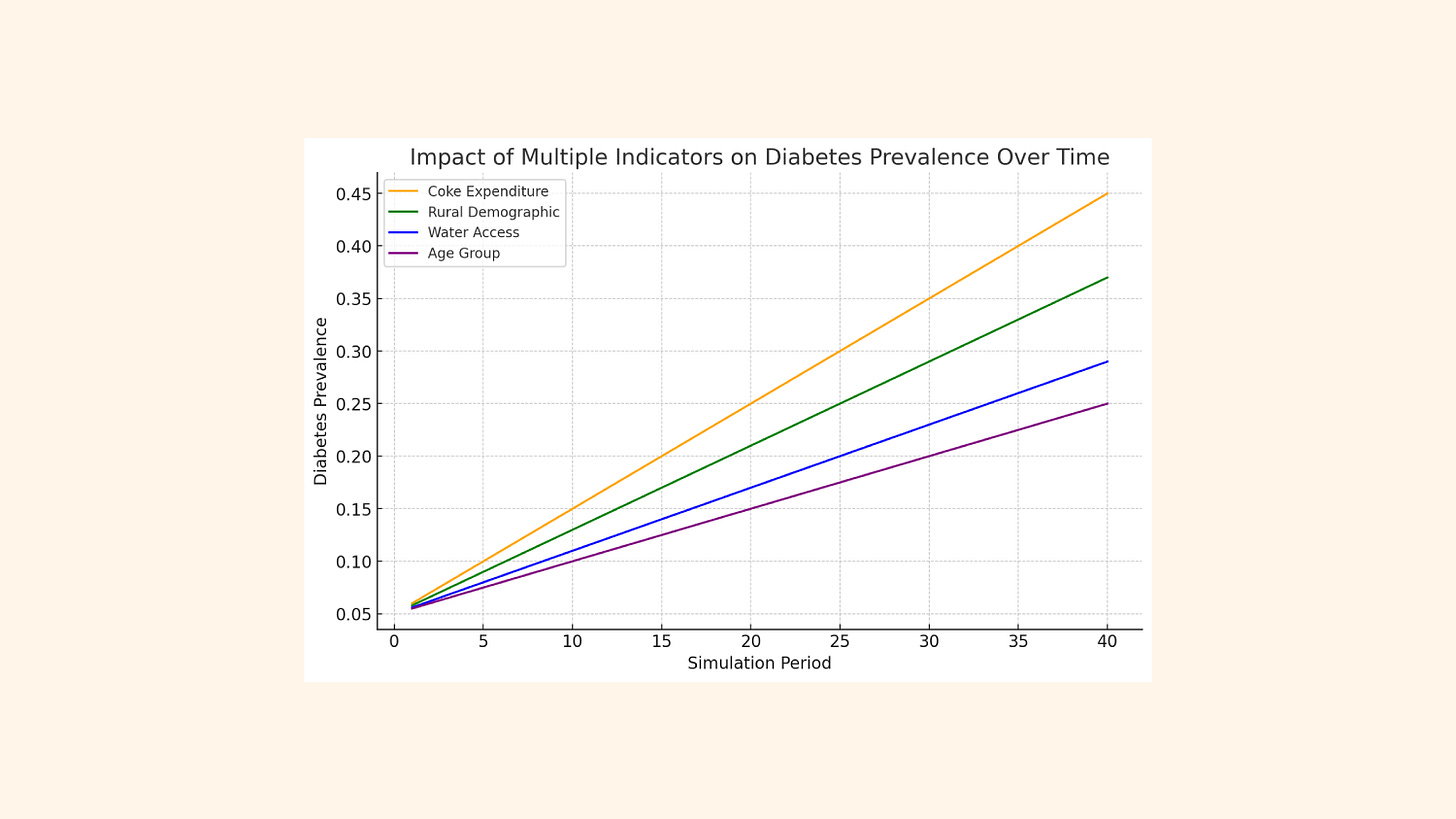Embodying Responsible AI to Save The World
From corporations to creatives to critters, AI should be a balancing act between the forces of nature, instead of a source of waste and societal devastation.
It’s been a while since I last wrote here, and this one may be a slightly different kind of newsletter. At some point, it feels natural to talk about the experiences that have occupied my focus for the past few years. Essentially, I’m driven by anxiety for the future. My fear is that AI, capitalism, and government overreach are the new age horsemen of the apocalypse.
In spite of this, or as a result perhaps, it has been my dream to see technology help grow a better society—to preserve the natural world. If certain groups or companies are to reap the rewards of AI, let those groups be those who are most threatened by the worst possible impact of AI.
What does it mean to have “Responsible AI”? How does the subject appear differently to people—organizations—governments? The past three years have surged in popular generative AI models. More broadly, there’s a spike in the use of GPUs and cloud computing. As a result, risks to wellbeing, environment, rights, and safety fall under the scrutiny of AI governance—from data collection to the deployment of AI tools and services. There is responsibility not just in the sense of AI, but in a more fundamental sense, requiring an overhaul of how a company operates. When it comes to actually having organizational change to adopt responsible AI practices, the need goes well beyond the law.
It demands cultivating an ecosystem that offers assurance not only against regulation, but also all of the other ethical risks. The way businesses are educated and the way they implement these practices needs to evolve, simply to keep up with the latest demands for responsible, compliant, and ethical AI. A culture that prioritizes all of these considerations fosters proactive measures to foresee and mitigate risks before they materialize. Many big tech companies and startups have failed this and are suffering from it from the bottom line to the mental anxiety swirling around the well-endowed frontal lobes of the financiers, the executives, and policy pushers who see risk as just another liability in the accounting book.
Instead we should introduce and enable technology into the hands of those people making decisions with real-world impact. It’s best to take AI holistically, mapping it out, paying attention to sustainability, bias, privacy, misinformation risks as the technology is used and deployed. Such knowledge will give leaders and stakeholders some ability to navigate the ever-evolving globe that is AI… It may not be enough, given how many companies have fired their ethical and responsible AI teams.
Then come the barrage of uncertainties when it comes to the rights of ownership. How are creators protected when it comes to the artefacts they make? Replacing graphic designers and similar roles with AI-generated media at this point is a cutting cost measure. The open-ended nature of this problem, of ownership and fair use, is still a topic I am trying to keep on top of. In one letter I introduce the topic and several case studies while in another letter, I covered the Hollywood writer and actor strikes which were largely about AI and workers’ protections.
Take the example of Disney, who have also been outspoken against AI companies like Stable Diffusion, using a tool that is likely based on Stable Diffusion for a Marvel series. All of this is pretty terrifying to a large part of the creative roles out there, even if many see AI as a tool for co-creation, as I do.
Perhaps the biggest fear I have is that we are disgorging the rich minerals of the real world—and indeed, our cultural capital as social beings—and rendering a cheap, simplified version of reality. More of our time is spent on useless behaviors on electronic devices, a trend since the rise of television in the 1950s.
We are spending more of our time talking to AI, and watching more and more AI-generated videos, reading more AI-generated texts floating around the Internet, than ever before. Now IKEA staff in Roblox—a video game—are earning more than the staff actually hauling crates in the IKEA Warehouses.
When all of our attention and memories orbit around this digital nexus—our minds are sucked out of our bodies—and we are no longer free to follow our instincts and natures. Instead, we become something like another node for a greedy and profit-seeking algorithm, hosted by big tech. My approach is to redirect resources to applications of AI that serve sustainable and social needs, rather than those of corporations or political purposes. Regulation is one way to do that, but it is incomplete and to an extent, misplaced. After all, Big Tech can afford the fines and directly lobby for regulation, especially in countries like the US and China. Furthermore, the way this regulation is enforced, for example, by measuring or auditing for bias or privacy risks, can be subject to different interpretations. That’s why enabling people and organizations with knowledge instead of mandates, is a better approach in this space of emerging technology. AI & Data regulation were addressed in two of my previous letters, one focusing on AI EU Act, the other a more general look at other policy and legal implications for AI.
There’s no reason to doubt that large language models, powering chatbots, will change society forever. It will end up making society more integrated, facilitating learning and the interchange of ideas and languages. Bias and disparity, unfortunately, is rife with the present set of models. This was something I looked at in some depth in another letter last year.
Given the cost it takes to create, train and use AI, it’s better if this gets paired with an investment that has a net positive impact on society and sustainability. This requires mobilizing AI for Good projects, initiatives, and non-profit organizations. But a big part of this is data and enabling natives and people in extreme situations to become stewards of the data about them or their environments. As this data gets used to train AI, we must ensure they share in the value of the result, as well as promulgating the use of technology in this way.
AI considered in isolation may not be truly sustainable. After all, sustainability essentially refers to ecology. What are we, if not a series of agents shifting minerals around, and subject to the same forces of nature as everything else crawling around on the Earth's surface? Using AI to capture some of these dynamics may allow us to have AI that considers interrelated ecological factors instead of mere snapshots of data from a particular group of people in a narrow time window. In no way is there a limit on the number of possible AI applications, innovations, or even solutions, that could occur within this framework. At Earthfest in London I had a chance to learn about such data and AI-driven solutions straight out of the horse’s mouth.
Even as AI integrates with the environment, it becomes far easier to project and control said environment. Since this act is domineering, AI creators are placed in the role of power and the environment as mere putty be shaped into whatever they will. Cultural changes will have to come from more spiritual or even religious groups.
The stakeholders of AI today will leave the lands barren, the animals dead and the people impoverished. Already China has implemented sweeping social credit systems, while quantifying every citizen's behavior through opaque algorithms and ubiquitous surveillance. Western tech companies and governments are catching up to this. Take the likes of Palantir, Clearview, UK Police, the Israeli Defense Force… all of them in a hurry to scale up algorithms threatening, in my view, to regress us back to the dark ages.
AI systems might determine access to essential services, shaping society into a digital panopticon where every action is scrutinized and scored. Leaders may continually march down the path of profitability and clout—positioning themselves as the all-important subjects manipulating a world-object—while indigenous groups, minorities and the politically ostracized, are driven to the brink of degradation or retaliation. All of this is not based in AI itself. Rather, AI is a catalyst, a way to scale up the effects of these extant problems, biases and concerns. So perhaps then we not only need to align AI to ethics, but rather, address all of the other afflictions we have as a society. One cannot solve all problems in all places at once. Yet we can tackle one big problem in a high impact area , by solving its constituent problems. Then those learnings can be shared and that brings us to Mexico.
She’s a sprawling land comparable to the largest empires in history, home to one hundred and thirty million people. As a neighbouring American might say,
“You would need two hundred million football fields to cover Mexico's surface area.”
Not only is it immense, but it’s also crucial to the natural world, home of 12% of the world's biodiversity. But its very blood is poisoned, not just in a medical sense but a spiritual one too. Over six hundred years ago, the indigenous people followed their Aztec myth. The strength of their blood would help to keep the sun alive, guiding the spiritually inclined in those rural populations towards more healthy and conscious life choices. Earlier this year I explored the topic and discovered a lot of fascinating things about this region.
Transfusing Mexico's Lifeblood with Coca-Cola
Mexico is just the visible tip of a vast accumulation of cultures and people. Many Mexican rituals involve the symbolic use of sugar. For example, in skulls for Day of the Dead ceremonies. Modern Mexican diets are centered around maize, sugarcane and wheat- all high in carbohydrates. Our bodies did not evolve to contain all that sugar as if it were wate…
Today, Mexico has one of the highest rates of obesity and diabetes in the world, in line with rate of consumption of sugary beverages. Successful marketing strategies involve targeting children and low-income communities. In many areas, particularly in rural or less developed regions, Coca-Cola products are more readily available and affordable than clean drinking water. Yet one part of Mexico stands alone, an example of the extreme consequences of unchecked capitalism. The residents of Chiapas are the biggest coke consumers in the world.
The region features diverse habitats like rainforests, cloud forests, and mangroves; she also holds 30% of Mexico's freshwater and hosts numerous endemic species, making it ecologically vital for Mexico and Central America. The Lacandón Jungle absorbs and stores large amounts of carbon dioxide. The dense vegetation and diversity of lifeforms enable this. As deforestation and land-use changes in Chiapas threaten this crucial ecological function, stored carbon is released, while reducing the area's capacity for future carbon sequestration.
It’s not only the forests under threat, but the inhabitants of the land too. They are becoming increasingly diabetic. Obesity, particularly among youth, is increasing, while rural areas struggle with limited healthcare access. The indigenous population bears a disproportionate health burden due to socioeconomic factors and limited health education. Paradoxically, the region grapples with both malnutrition and rising obesity rates, especially in transitioning communities. Cardiovascular diseases are also becoming more prevalent, influenced by changing lifestyles and diets. A large part of their local economy is based around the sale of Coca-Cola. Often desperate and impoverished people in rural parts of Chiapas are met with an offer from the corporation to sell their product in exchange for free fridges and tables and *coughs* coke branding. Even in churches has Coca Cola been used in rituals, something you can learn more about in the article linked below.
Once, we had such harmony, but now we threaten both our land and blood alike, draining it and leaving only poison behind. As Coke and high-sugar diets lead to a weaker working force, there will also be excessive water consumption due to expansion and, as noted in Chiapas, cultural developments threatening their very livelihoods.
Since so many intertwining factors exist in the physical and psychic landscape of Chiapas, any kind of progress needs to address them at the same time. In other words a solution must be pulled from many directions at once. Beginning with the actual beings grounded in the ecology of Chiapas. the culture, traditions, beliefs and habits of the residents, in other words, data about Chiapas that be used with AI models as well using as health records for consenting patients or study participants.
First part is to consider what is most important to measure when it comes to the change we are trying to implement. Rather than trying to solve everything at once, there may be certain levers we need to pull in order to sustain or improve related outcomes. For example, if we reduce inefficacy, waste and marketing costs for Coca-Cola, we can also make a significant impact to quality of life, water pollution, and public health in Chiapas. So we need to limit the initial approach to certain outcomes rather than all possible ones. That brings us to the final part of this discussion of Chiapas and AI for Sustainability. After doing a Hackathon on a similar topic, related to the UN’s Sustainable Development Goals, I was inspired to try bridge it to subjects like ecology, public health and even imagery for forests and physical transformations. The vision is that having this sort of explosion of data, models and initiatives in this region, would lead to materials, innovations and technology to other ventures. By learning about health, sustainability and ecology, we can share this knowledge with other communities, enabling them to solve their own problems or even help us to adapt and improve our own methods. What’s absolutely crucial to me is that this, for want of better term, “community of practice”, has a core of representative people, from different genders, ages and backgrounds, from Mexico and of course, having meaningful leadership represented by members from Chiapas in particular. If that happens to be you, please try reach out to me at erulitetm@gmail.com
Right now, all I have is a proposal for a model that incorporates sustainability, public health, and finance in Mexico. One key aspect considers leveraging taxation from corporations like Coca-Cola. However, to make it appealing to them as well, it could also be measured in terms of investment to reducing costs and negative PR. This could also be used to determine marketing efforts balanced against public health and even worker’s health concerns. Then we’ve come to the final part of this letter, the proposal.


